Across kitchens and markets, a handful of beloved foods are slipping toward memory. Some face climate stress or dwindling habitats, others survive only through stubborn craft. What this really means is growers and cooks are racing time to keep flavors tied to place, season, and skill. These are not trophies. They are living threads of culture. Taste them where they are respected, support the people who protect them, and let the stories linger long after the plate is clean.
True Wasabi, Japan
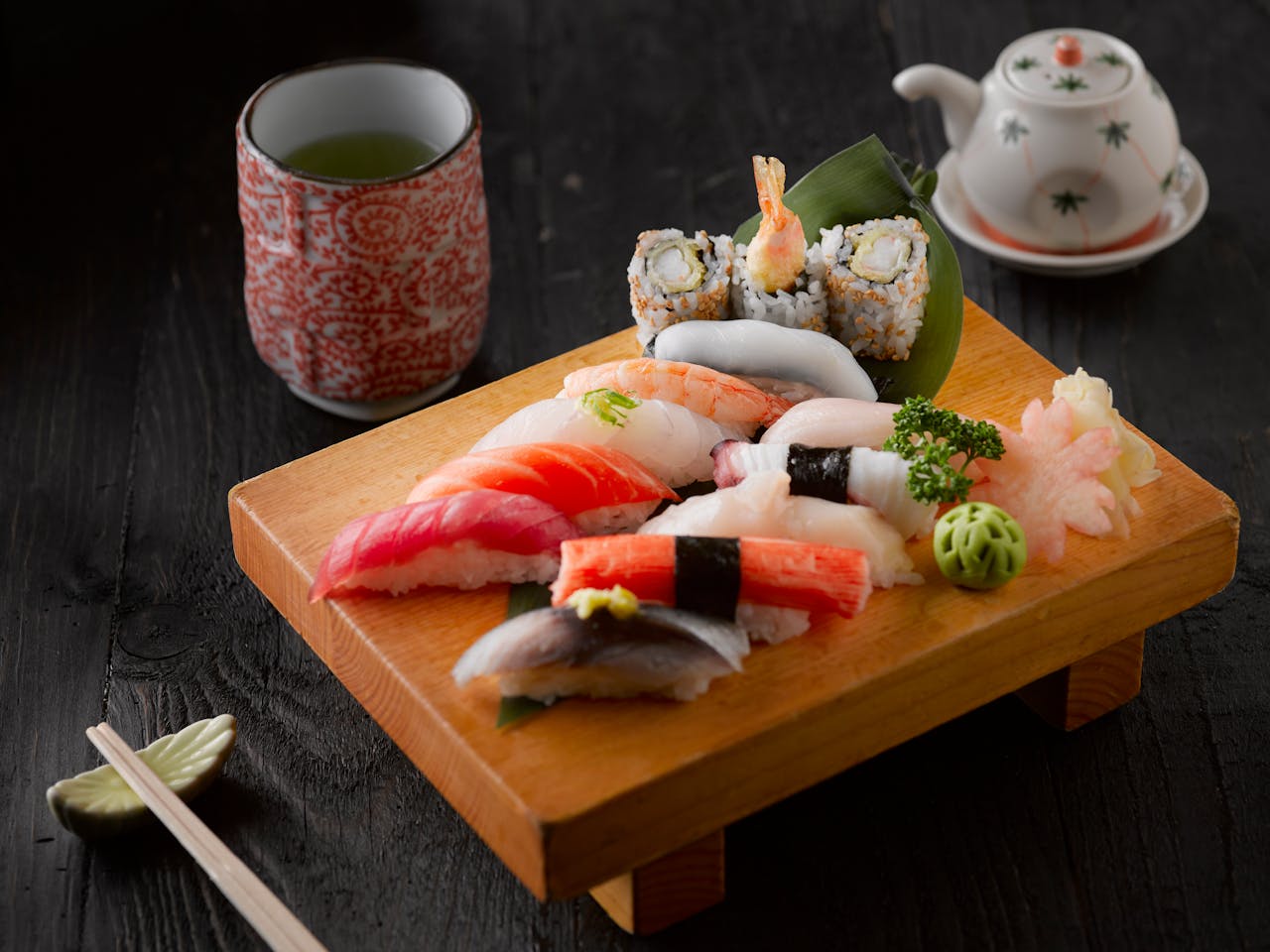
Real wasabi grows in cool mountain streams and sulks under heat. The rhizomes bruise easily, disease sweeps through beds, and warmer waters cut yields. Freshly grated, it blooms floral and green, then fades in minutes. Farmers in Shizuoka still coax it from shaded channels and guard seed stock. The result is sharp yet gentle, more herb than fire. Paste substitutes dominate abroad, so encountering the real root now feels like meeting a rare dialect still spoken at home.
Kashmiri Saffron, Pampore
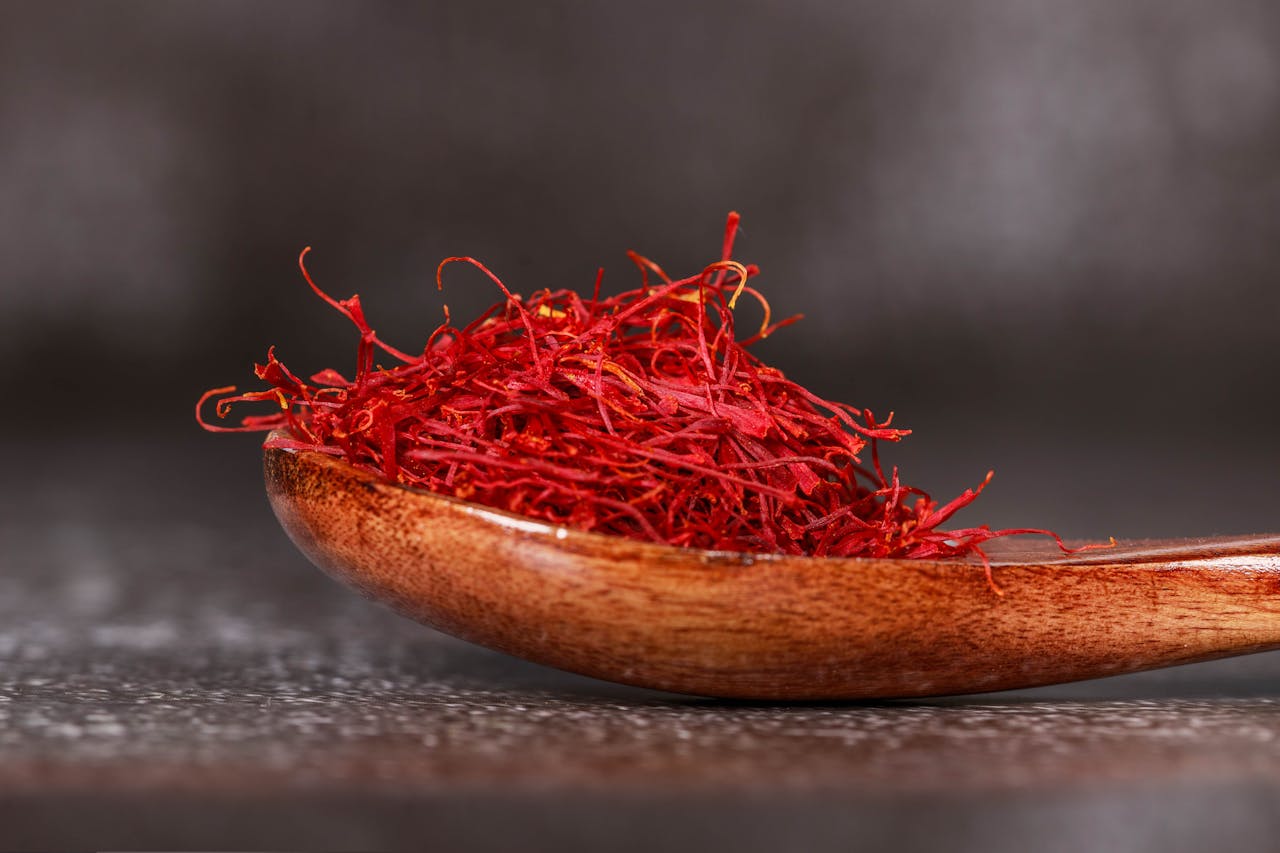
On the Pampore plateau, crocus fields glow for a brief autumn window. Each flower is picked by hand before noon, and every thread is dried with care. Erratic rains, shrinking farmland, and fewer pickers have thinned the harvest. The aroma carries honey, hay, and a metallic hum that lifts broths and sweets. Local cooperatives fight back with better curing and storage, but supply remains fragile. Authentic strands still travel, though more rarely, and their price now reflects that delicate journey.
Périgord Black Truffle
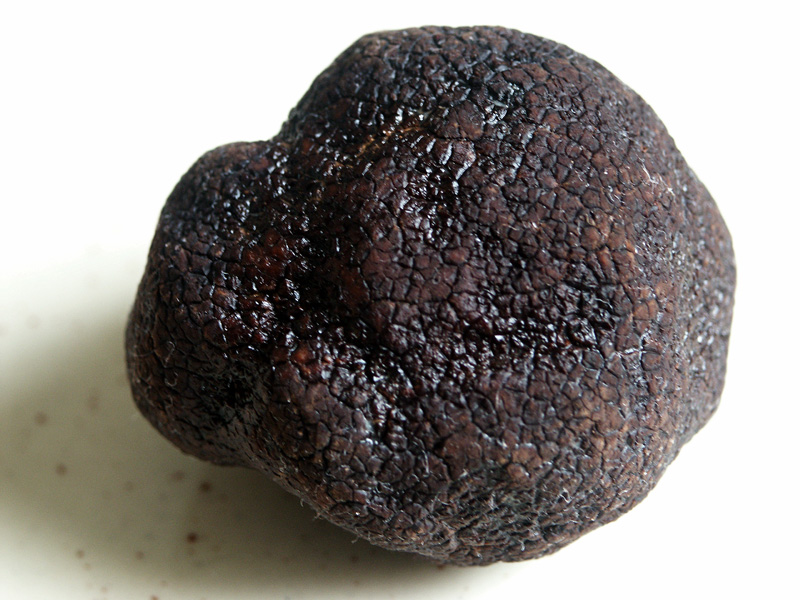
This winter truffle forms a pact with oak and hazel roots that suffers in hotter, drier seasons. Dawn hunters and dogs still read the soil for that faint give, yet hauls swing wildly year to year. The best specimens smell of damp forest, cocoa, and warm bread crust. New truffières help, but orchards take years to settle into rhythm. While synthetic aromas spread through markets, the true tuber retreats to dinners where patience, cool cellars, and quiet kitchens still matter.
Beluga Sturgeon Caviar, Caspian
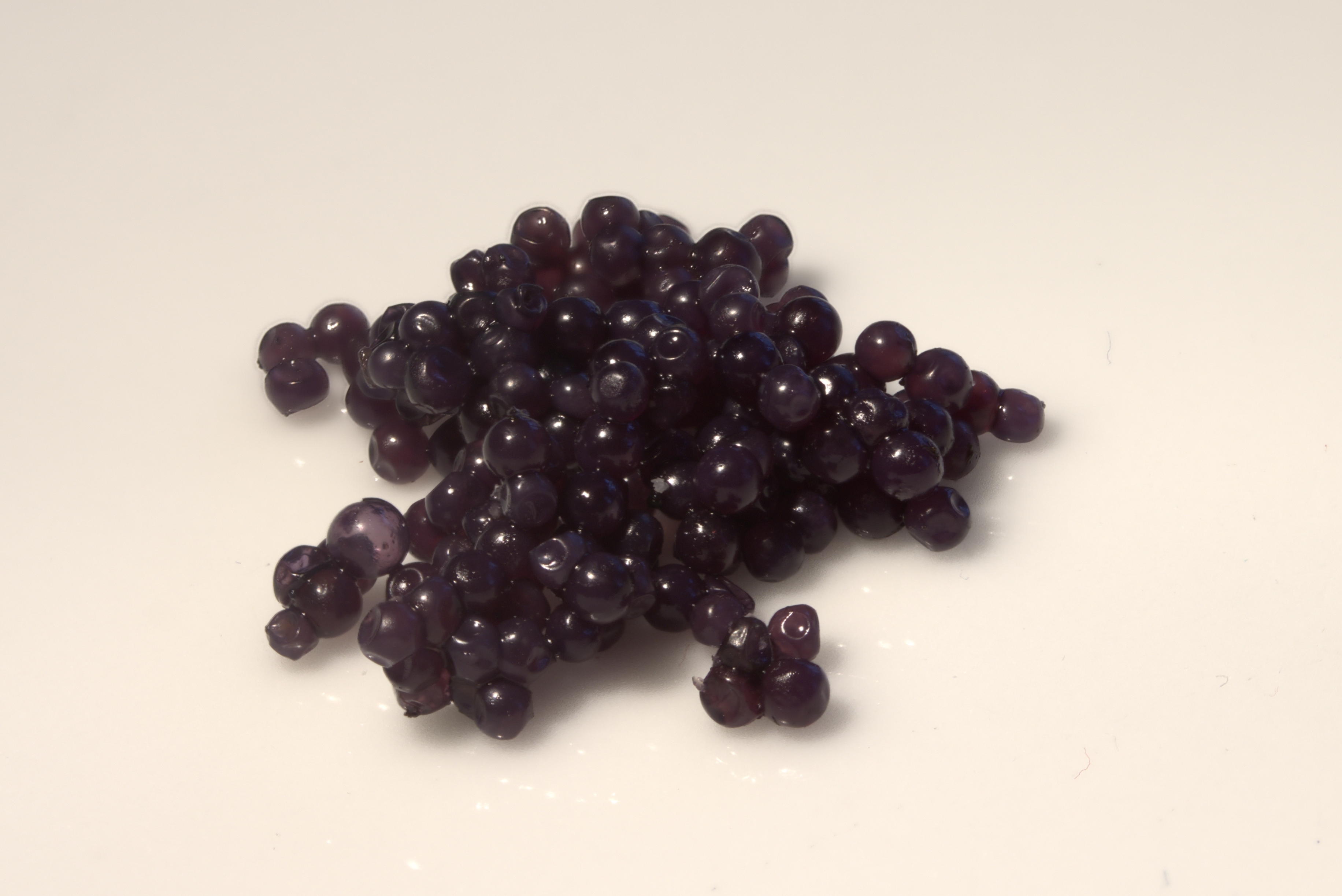
Beluga once traveled great rivers to spawn, defining celebration along the Caspian. Overfishing, dams, and habitat loss pushed wild stocks to the brink. Strict bans and farms reduced pressure, but recovery for a fish that matures in decades is slow. Pearls are large and tender with a buttery, lingering finish. For families who lived by the run, the old routes are gone. Careful hatchery work keeps the taste alive, though access narrows and reverence replaces casual extravagance.
Salep Dondurma, Türkiye

Stretchy ice cream from Kahramanmaras owes its pull to powdered salep made from wild orchid tubers. Overharvest thinned hillsides, and protected orchids became scarce. Many vendors now lean on starches, yet a few still whisk milk with true salep and let it rest before churning. The texture turns elastic and the flavor suggests meadow and winter spice. Conservation and small scale cultivation offer hope, but authentic salep remains limited. When found, it lands like a memory restored to the tongue.
Oaxacan Heirloom Maize, Mexico
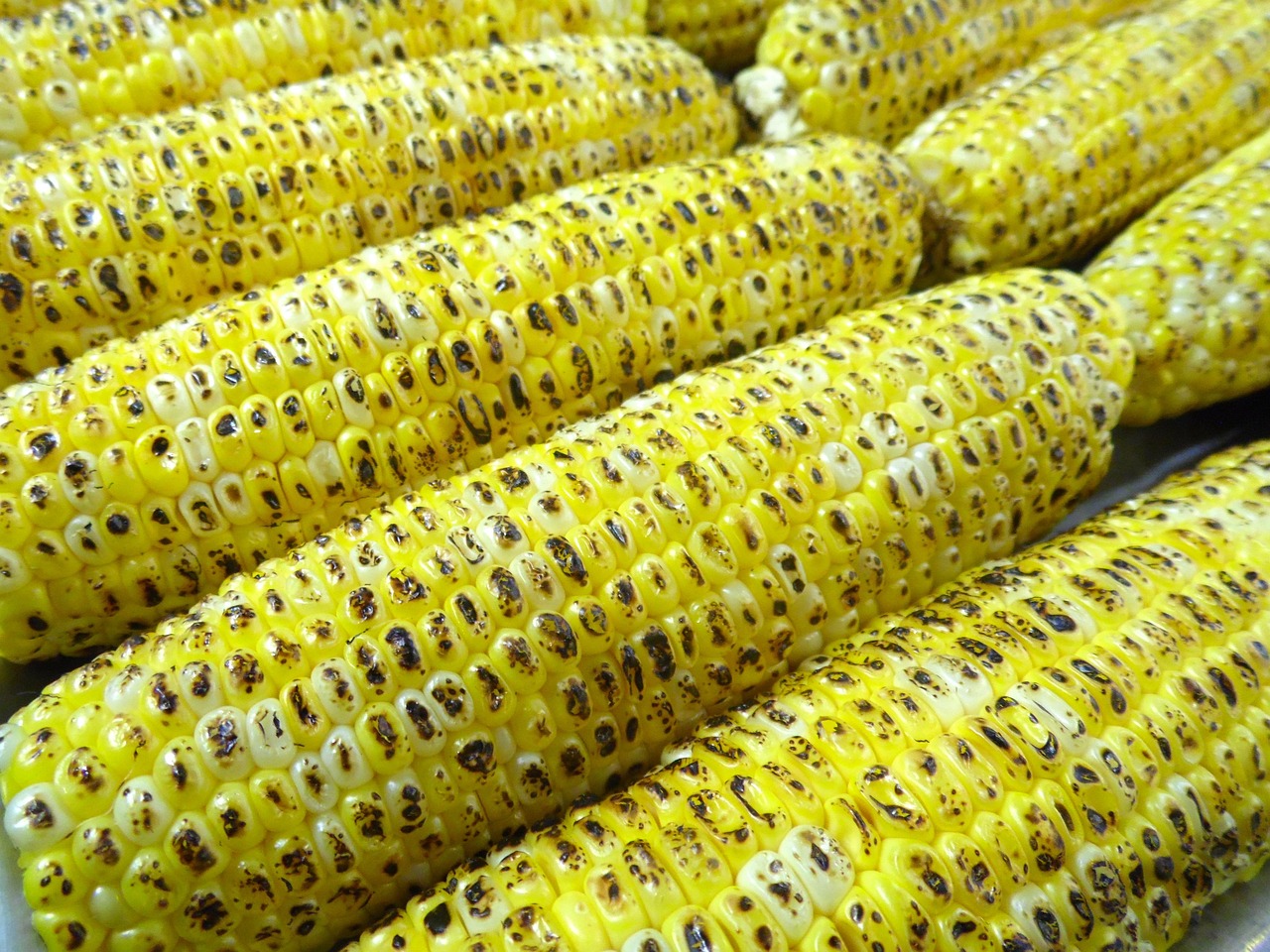
Highland farmers save seed from cobs the color of midnight, jade, or storm clouds. Market pressure and migration narrowed diversity, and with it the depth of masa. Stone ground nixtamal from landraces carries mineral sweetness and a whisper of smoke. Community mills, seed swaps, and tortillas still warm from the comal hold the line. When the corn is right, a tortilla becomes a map of altitude, rain, and labor. Protecting maize protects a library that cannot be printed.
Smoked European Eel

Rivers once sent silver eels to smokehouses from the North Sea to the Baltic. Now the species is critically endangered, with dams blocking migrations and glass eels trafficked at night. Traditional houses keep low fires of alder and beech that turn flesh satin and gently sweet. Licensing and habitat work offer narrow paths forward, but many regions now serve eel only on tightly controlled occasions. The taste reads as history preserved in smoke, and its future depends on open rivers.
Gooseneck Barnacles, Atlantic Cliffs

Percebes cling to wave struck rocks where only storm spray and brave hands reach. Quotas and rough seas keep harvests tight, and safe aquaculture has yet to crack the code. Briefly boiled and eaten warm, they taste of clean ocean and sweet crab. In Galicia and Portugal, towns still move to the rhythm of tides and market days. As coasts erode and waters warm, the window for ethical gathering narrows, and distance from the cliff makes the flavor rarer.


